
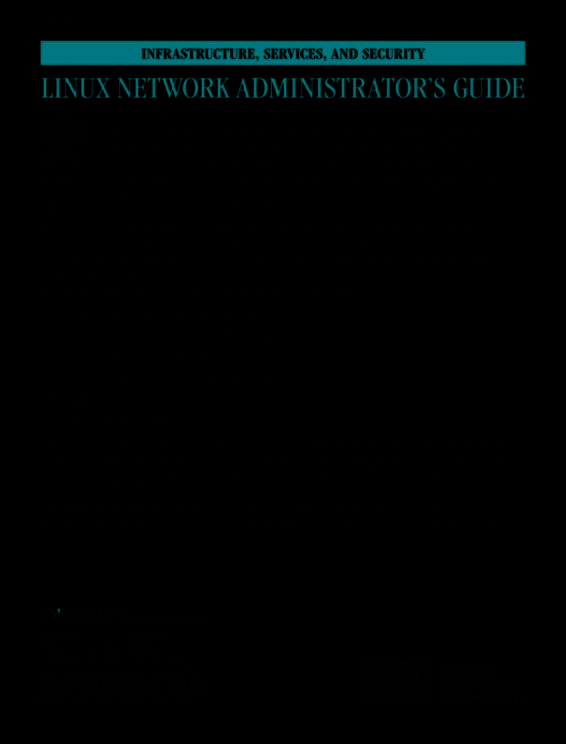 LINUXNetworkAdministratorsGuideOther Linux resources from OReillyRelated titles Apache Cookbook Linux Server Security DNS and BIND Cookbook Network Troubleshooting Linux Server Cookbook Tools Linux Server Hacks Running Linux Using Samba Linux Bookslinux.oreilly.com is a complete catalogof OReillys books on Resource Center Linux and Unix and related technologies, including sample chapters and code examples. ONLamp.com is the premier site for the open source web plat form: Linux, Apache, MySQL, and either Perl, Python, or PHP. Conferences OReilly brings diverse innovators together to nurture the ideas that spark revolutionary industries. We specialize in document ingthe latest tools and systems, translatingthe innovators knowledge into useful skills for those in the trenches. Visit con-ferences.oreilly.com for our upcoming events. Safari Bookshelf ( safari.oreilly.com) is the premier online refer ence library for programmers and IT professionals.
LINUXNetworkAdministratorsGuideOther Linux resources from OReillyRelated titles Apache Cookbook Linux Server Security DNS and BIND Cookbook Network Troubleshooting Linux Server Cookbook Tools Linux Server Hacks Running Linux Using Samba Linux Bookslinux.oreilly.com is a complete catalogof OReillys books on Resource Center Linux and Unix and related technologies, including sample chapters and code examples. ONLamp.com is the premier site for the open source web plat form: Linux, Apache, MySQL, and either Perl, Python, or PHP. Conferences OReilly brings diverse innovators together to nurture the ideas that spark revolutionary industries. We specialize in document ingthe latest tools and systems, translatingthe innovators knowledge into useful skills for those in the trenches. Visit con-ferences.oreilly.com for our upcoming events. Safari Bookshelf ( safari.oreilly.com) is the premier online refer ence library for programmers and IT professionals.
Conduct searches across more than 1,000 books. Subscribers can zero in on answers to time-critical questions in a matter of seconds. Read the books on your Bookshelf from cover to cover or sim ply flip to the page you need. Try it today with a free trial. LINUXNetworkAdministratorsGuideTHIRD EDITIONTony Bautts, Terry Dawson,and Gregor N. Purdy Beijing Cambridge Farnham Kln Paris Sebastopol Taipei Tokyo Linux Network Administrators Guide, Third Edition by Tony Bautts, Terry Dawson, and Gregor N.
Purdy Copyright 2005 OReilly Media, Inc. All rights reserved. Copyright 1995 Olaf Kirch. Copyright 2000 Terry Dawson. Copyright on OReilly printed version 2000 OReilly Media, Inc. Rights to copy the OReilly printed version are reserved.
Printed in the United States of America. Published by OReilly Media, Inc., 1005 Gravenstein Highway North, Sebastopol, CA 95472. OReilly books may be purchased for educational, business, or sales promotional use. Online editions are also available for most titles ( safari.oreilly.com). For more information, contact our corporate/institutional sales department: (800) 998-9938 or corporate@oreilly.com. Editor: Andy Oram Production Editor: Adam Witwer Cover Designer: Edie Freedman Interior Designer: David Futato Printing History: January 1995: First Edition.
June 2000: Second Edition. February 2005: Third Edition. Nutshell Handbook, the Nutshell Handbook logo, and the OReilly logo are registered trademarks of OReilly Media, Inc. The Linux series designations, Linux Network Administrators Guide, Third Edition, images of the American West, and related trade dress are trademarks of OReilly Media, Inc. Many of the designations used by manufacturers and sellers to distinguish their products are claimed as trademarks. was aware of a trademark claim, the designations have been printed in caps or initial caps. was aware of a trademark claim, the designations have been printed in caps or initial caps.
While every precaution has been taken in the preparation of this book, the publisher and authors assume no responsibility for errors or omissions, or for damages resulting from the use of the information contained herein. This work is licensed under the Creative Commons Attribution-NonCommercial-ShareAlike 2.0 License. To view a copy of this license, visit http://creativecommons.org/licenses/by-sa/2.0/ or send a letter to Creative Commons, 559 Nathan Abbott Way, Stanford, California 94305, USA. This book uses RepKover, a durable and flexible lay-flat binding. ISBN: 0-596-00548-2 [M] [5/05] Table of Contents ................................................................. ........................................ ..................................... ...................................... ..................................... v ......................................... ................................................... .................................................... ..................... vi|Table of Contents ....................................... ........................... ........................................................ ........................................ ................................. Table of Contents|vii ............................................................ .......................................................... ....................................................... .............................................. .......................... ................................................................. viii|Table of ContentsPreface The Internet is now a household term in many countries and has become a part of life for most of the business world. viii|Table of ContentsPreface The Internet is now a household term in many countries and has become a part of life for most of the business world.
With millions of people connectingto the World Wide Web, computer networkinghas moved to the status of TV sets and microwave ovens. You can purchase and install a wireless hub with just about an equal amount of effort. The Internet has unusually high media coverage, with weblogs often scooping traditional media outlets for news stories, while virtual reality environ ments such as online games and the rest have developed into the Internet culture. Of course, networkinghas been around for a longtime. Connectingcomputers to form local area networks has been common practice, even at small installations, and so have long-haul links using transmission lines provided by telecommunications companies. A rapidly growing conglomerate of worldwide networks has, however, made joining the global village a perfectly reasonable option for nearly everyone with access to a computer.
Settingup a broadband Internet host with fast mail and web access is becoming more and more affordable. Talkingabout computer networks often means talkingabout Unix. Of course, Unix is not the only operatingsystem with network capabilities, nor will it remain a frontrunner forever, but it has been in the networkingbusiness for a longtime and will surely continue to be for some time to come. What makes Unix particularly interestingto private users is that there has been much activity to bringfree Unix-like operating systems to the PC, such as NetBSD, FreeBSD, and Linux. Linux is a freely distributable Unix clone for personal computers that currently runs on a variety of machines that includes the Intel family of processors, but also Pow erPC architectures such as the Apple Macintosh; it can also run on Sun SPARC and Ultra-SPARC machines; Compaq Alphas; MIPS; and even a number of video game consoles, such as the Sony PlayStation 2, the Nintendo Gamecube, and the Microsoft Xbox. Linux has also been ported to some relatively obscure platforms, such as the Fujitsu AP-1000 and the IBM System 3/90.
Ports to other interestingarchitectures are currently in progress in developers labs, and the quest to move Linux into the embedded controller space promises success. ixThis is the Title of the Book, eMatter EditionCopyright 2007 OReilly & Associates, Inc. All rights reserved. Linux was developed by a large team of volunteers across the Internet. The project was started in 1990 by Linus Torvalds, a Finnish college student, as an operating sys tems course project. Since that time, Linux has snowballed into a full-featured Unix clone capable of runningapplications as diverse as simulation and modelingpro grams, word processors, speech-recognition systems, World Wide Web browsers, and a horde of other software, including a variety of excellent games. A great deal of hardware is supported, and Linux contains a complete implementation of TCP/IP networking, including PPP, firewalls, and many features and protocols not found in any other operatingsystem.
Next page
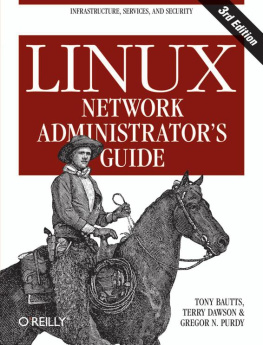


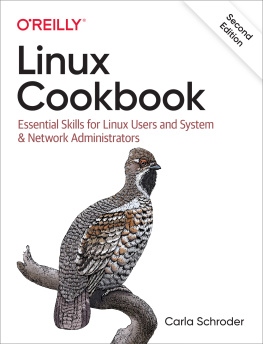
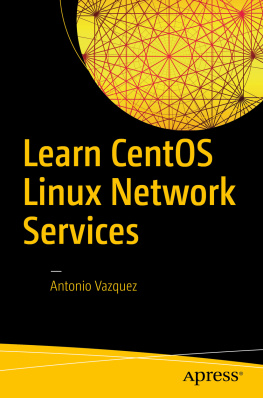
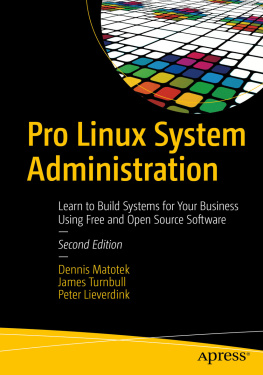

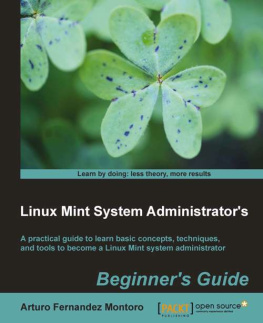
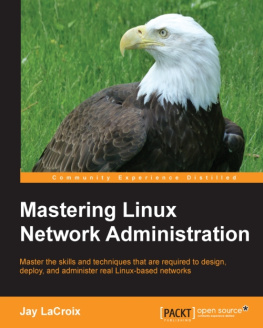
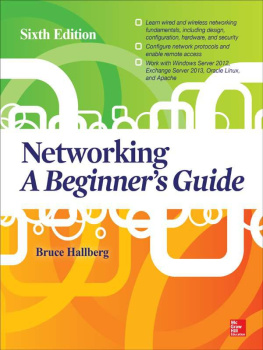

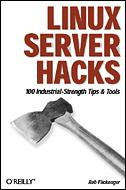

 LINUXNetworkAdministratorsGuideOther Linux resources from OReillyRelated titles Apache Cookbook Linux Server Security DNS and BIND Cookbook Network Troubleshooting Linux Server Cookbook Tools Linux Server Hacks Running Linux Using Samba Linux Bookslinux.oreilly.com is a complete catalogof OReillys books on Resource Center Linux and Unix and related technologies, including sample chapters and code examples. ONLamp.com is the premier site for the open source web plat form: Linux, Apache, MySQL, and either Perl, Python, or PHP. Conferences OReilly brings diverse innovators together to nurture the ideas that spark revolutionary industries. We specialize in document ingthe latest tools and systems, translatingthe innovators knowledge into useful skills for those in the trenches. Visit con-ferences.oreilly.com for our upcoming events. Safari Bookshelf ( safari.oreilly.com) is the premier online refer ence library for programmers and IT professionals.
LINUXNetworkAdministratorsGuideOther Linux resources from OReillyRelated titles Apache Cookbook Linux Server Security DNS and BIND Cookbook Network Troubleshooting Linux Server Cookbook Tools Linux Server Hacks Running Linux Using Samba Linux Bookslinux.oreilly.com is a complete catalogof OReillys books on Resource Center Linux and Unix and related technologies, including sample chapters and code examples. ONLamp.com is the premier site for the open source web plat form: Linux, Apache, MySQL, and either Perl, Python, or PHP. Conferences OReilly brings diverse innovators together to nurture the ideas that spark revolutionary industries. We specialize in document ingthe latest tools and systems, translatingthe innovators knowledge into useful skills for those in the trenches. Visit con-ferences.oreilly.com for our upcoming events. Safari Bookshelf ( safari.oreilly.com) is the premier online refer ence library for programmers and IT professionals.